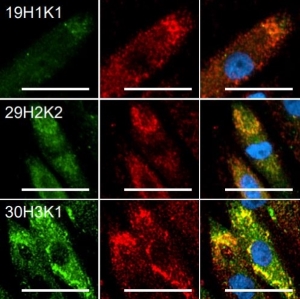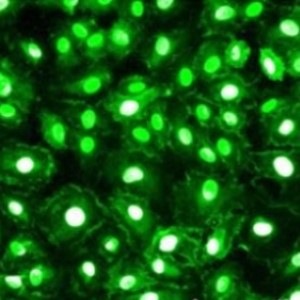Immunoprecipitation, Co-immunoprecipitation, and pull-down assay
Immunoprecipitation (IP), Co-immunoprecipitation (Co-IP) and pull-down assays represent different methods to concentrate the target from a mixture for further downstream analysis such as the abundance, the activation status or the protein-binding partners.
While IP is used for capturing one specific target from a mixture, Co-IP and pull-down assays not only focus on single proteins but also on molecules which are attached to the target protein. Identifying the cellular interaction partners of a protein of interest and determining the biological pathways involved is a necessary preliminary work to gain deeper insights into a target’s structure and function. When it comes to the investigation, IP, Co-IP and pull-down assays have become invaluable tools, which are built upon the affinity-based immobilization of a “bait” protein on a solid support, mostly magnetic or agarose beads.
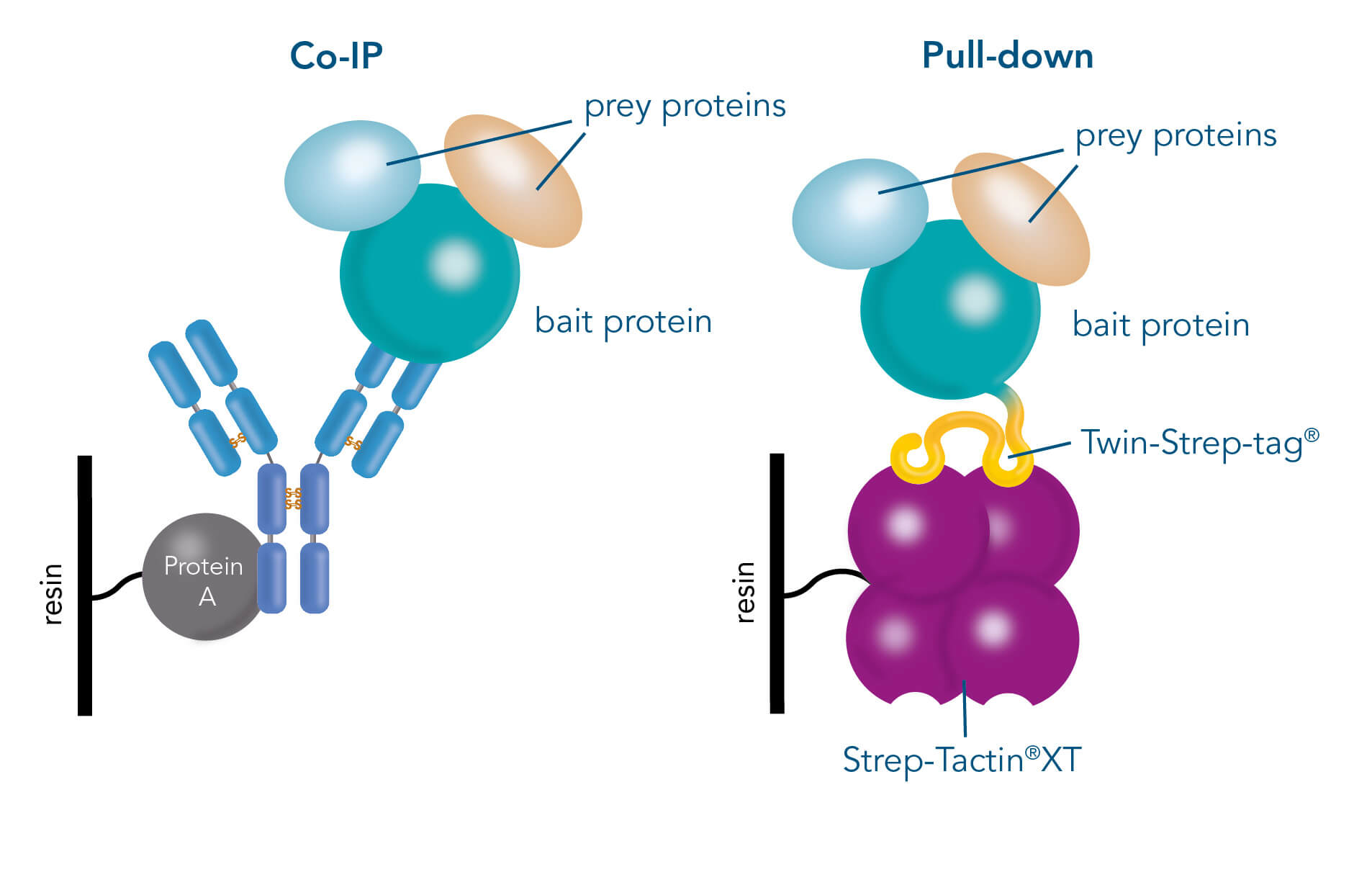
Whereas IP and Co-IP utilize immobilized antibodies to purify the bait protein along with its binding partners (prey), in the latter case from cell lysates for analysis of the whole protein complex, in pull-downs the target is fused to an affinity tag and captured together with bound proteins using a corresponding immobilized chemical or biological ligand. In every case, the received sample is further analyzed by e.g., SDS-PAGE, western blot, or mass spectrometry.
The advantage of pull-down over IP and Co-IP are mild elution conditions. They retain the natural protein structure as well as protein complexes and prevent elution of unspecific bound proteins leading to robust results in subsequent analytic applications. This is especially the case for the Strep-tag® technology.
For pull-down assays, the Strep-tag® technology is compatible with magnetic and non-magnetic experimental setups as well as any protein class and offers versatile resins for the realization of a multitude of assays to detect interactions. For small amounts of a sample, MagStrep “type3” XT beads can be chosen or when up-scaling of the process is anticipated, agarose-based resins display a powerful option.
Alternatively, for IP and Co-IP, IBA provides selector resins with a high-affinity single-domain antibody (sdAb) either for GFP, GST, MBP, RFP or TagFP-tagged fusion proteins. These selector resins show negligible non-specific background after precipitation and GFP and RFP Selector resins are applicable for a wide range of their derivatives as well.
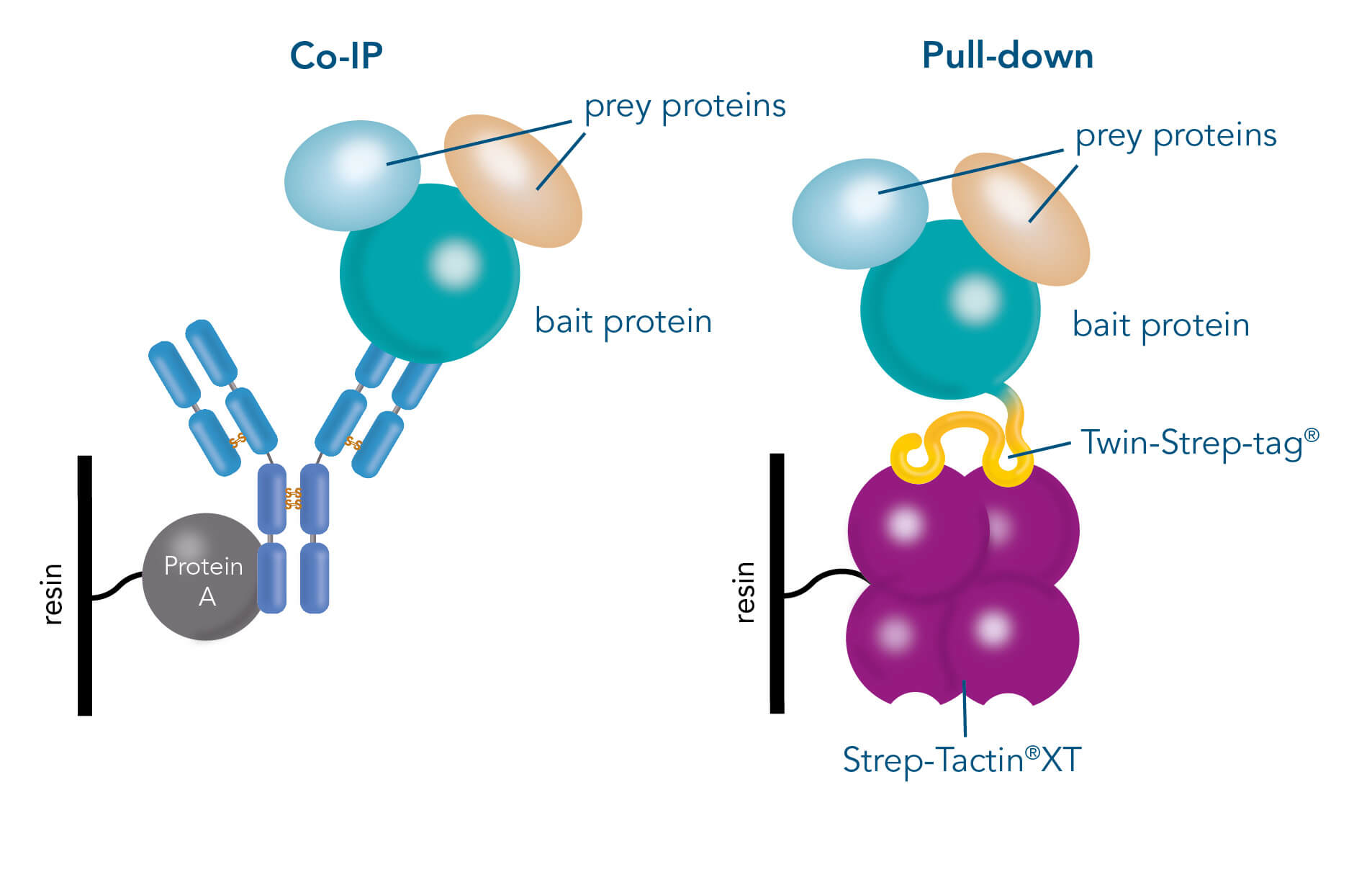
Surface plasmon resonance
Surface plasmon resonance (SPR) is an optical biosensor application for direct, real-time, and label-free measurements. It allows the determination of protein concentrations as well as the analysis of affinity and kinetics of a specific protein to other proteins, DNA, RNA, or cells. Therefore, SPR is an innovative tool for biomolecular interaction studies and plays an essential role in biotherapeutic drug discovery and development. The principle of SPR is an optical measurement that detects binding of a biomolecule in solution (analyte) to a biomolecule that is immobilized on a gold-layered surface of a biosensor chip (ligand). Thereby, changes in the refractive index are determined which are proportional to the concentration of bound analyte at the surface of the biosensor chip.

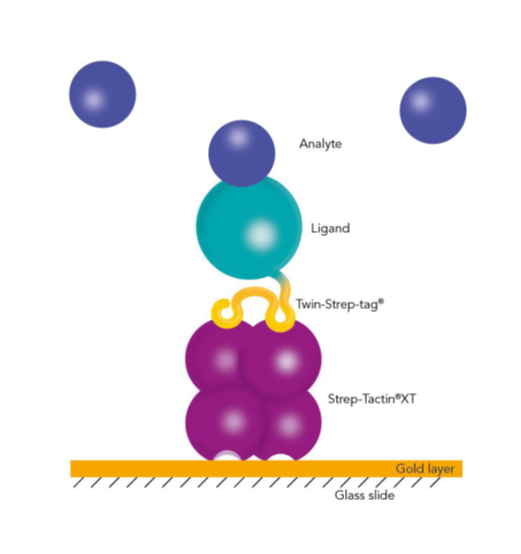
A crucial step in SPR analysis is the immobilization of the ligand to the surface of the biosensor chip. The immobilization of the ligand can take place via direct covalent coupling to the surface of the chip or by capture with the help of a pre-coated capture molecule. However, the direct covalent immobilization of the ligand can change its biological activity or result in an undirected immobilization with reduced accessibility of the binding sites. The transient immobilization of tagged ligands via affinity capturing molecules overcomes these drawbacks.
Nevertheless, tags used for such applications must bind efficiently to the capturing molecule with an affinity that is higher than that between analyte and ligand. His-tagged ligands that are immobilized on an NTA-surface with a KD in the nanomolar range can be used for measuring weaker interactions, but they fail in the measurement of high-affinity interactions with slow dissociation rates. In contrast, Strep-Tactin®XT forms an exceptionally strong complex with the Twin-Strep-tag®. An affinity in the low picomolar range allows measurements of long dissociation times and slow off-rates.
Thus, the combination of these two components of the Strep-tag® technology enables a directed, high-affinity immobilization that does not influence the activity of the ligand or require any modifications. Due to the high-affinity interaction and its high specificity, non-specific binding of host cell proteins is avoided, and ligands can be captured efficiently and directly from culture media. Moreover, Strep-Tactin®XT is compatible with many substances and the biosensors can be easily regenerated. The Twin-Strep-tag® Capture Kit provides all necessary products for the preparation of Strep-Tactin®XT-coated biosensor chips and the following measurements.
Bio-layer interferometry
Bio-layer interferometry (BLI) is like SPR a label-free optical biosensing technology for analyzing biomolecular interactions, e.g., antigen-antibody interactions, in real-time and allows quantification of their binding strength and kinetics. In contrast to SPR, BLI does not use gold-layered chips, but thin needles called biosensors. These biosensors are coupled at the tip with a desired ligand and dipped into the sample to capture the analyte. To measure whether the analyte is bound to the ligand, white light is passed through the biosensor and the reflected light from the tip surface is measured. If the ligand interacts with the analyte the layer on the surface of the tip is thicker compared to the ligand alone which leads to a different wavelength that is reflected. The BLI instrument (Octet® or BLItz®) measures both the reflected light from the ligand alone and the ligand-analyte complex. The wavelength shift between both reflection patterns creates an interference pattern which is subsequently used for calculation of binding strength and kinetics.
But what is the best way to bind the ligand to the surface of the biosensor? In principle, the ligand can be bound directly via chemical coupling methods like EDC/s-NHS coupling. But this needs time to find the optimal reaction conditions and can reduce the activity of the ligand. In addition, the orientation of the ligand can vary which can reduce the accessibility for the analyte and can lead to inconsistent measurement results between the biosensors.
These disadvantages can be prevented if an indirect binding via the Strep-tag® technology is used. Instead of the ligand, Strep-Tactin®XT is first immobilized on the biosensor and the ligand tagged with the Twin-Strep-tag® is captured afterwards by it. Since the tag is at a defined position all proteins (ligand) captured by Strep-Tactin®XT will be presented in the same orientation. Furthermore, the pM affinity of Strep-Tactin®XT for the Twin-Strep-tag® allows specific capture of Twin-Strep-tagged fusion proteins from complex samples, e.g., culture supernatants, leading to reliable and robust data. All reagents necessary for fast and simple coating of Strep-Tactin®XT biosensors are provided in our Strep-Tactin®XT BLI Coupling Kit.
Besides BLI and SPR, protein-protein interactions can be analyzed as well with the switchSENSE® technology.
This application note demonstrates how the Strep-Tactin®XT technology can be used in combination with BLI and SPR analytic devices.





